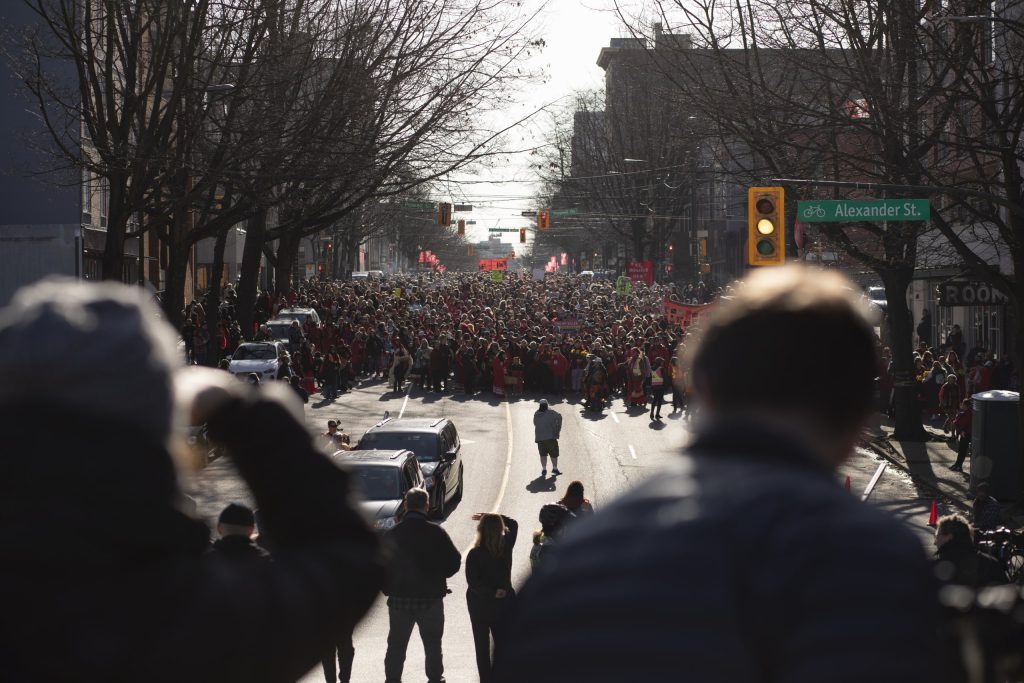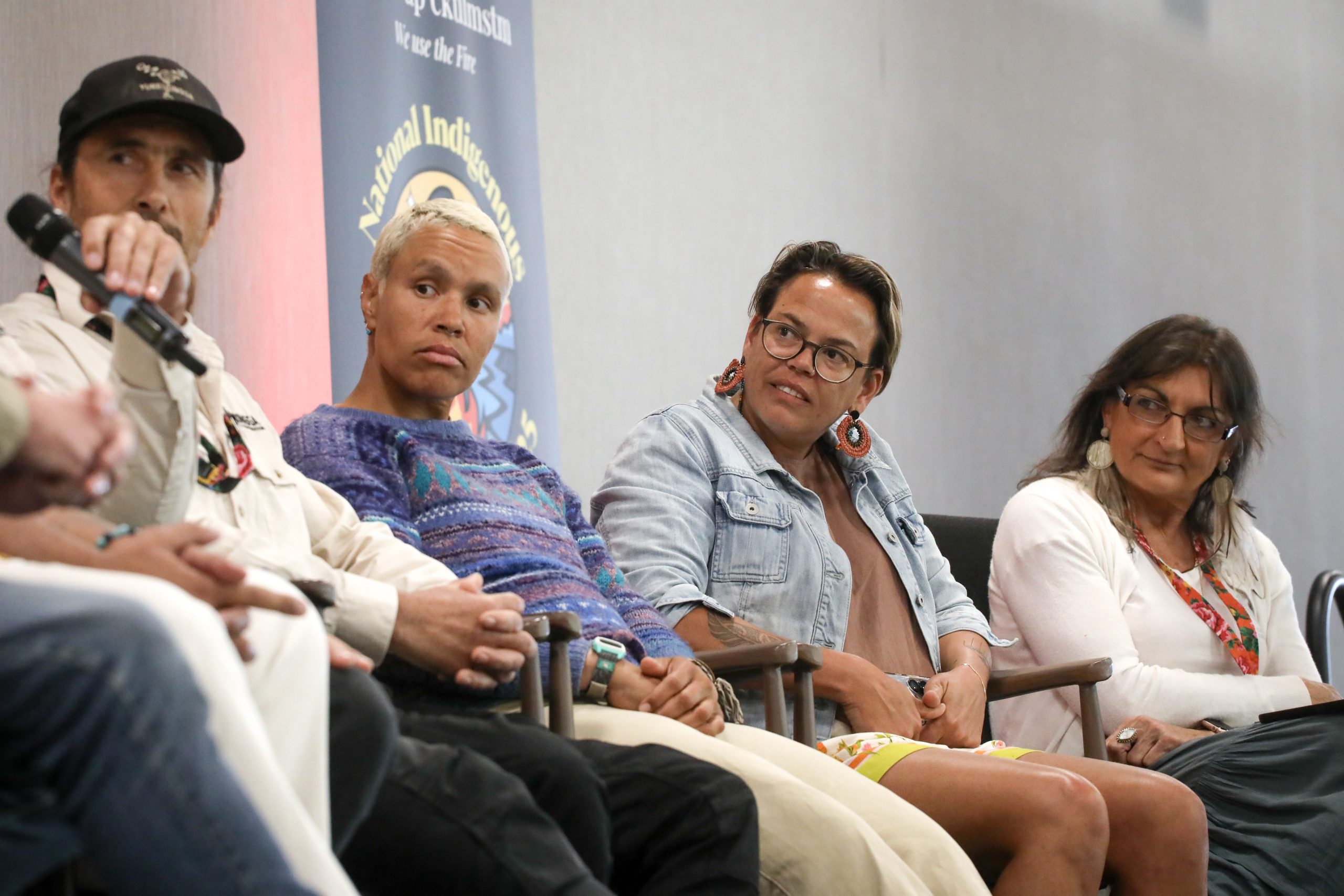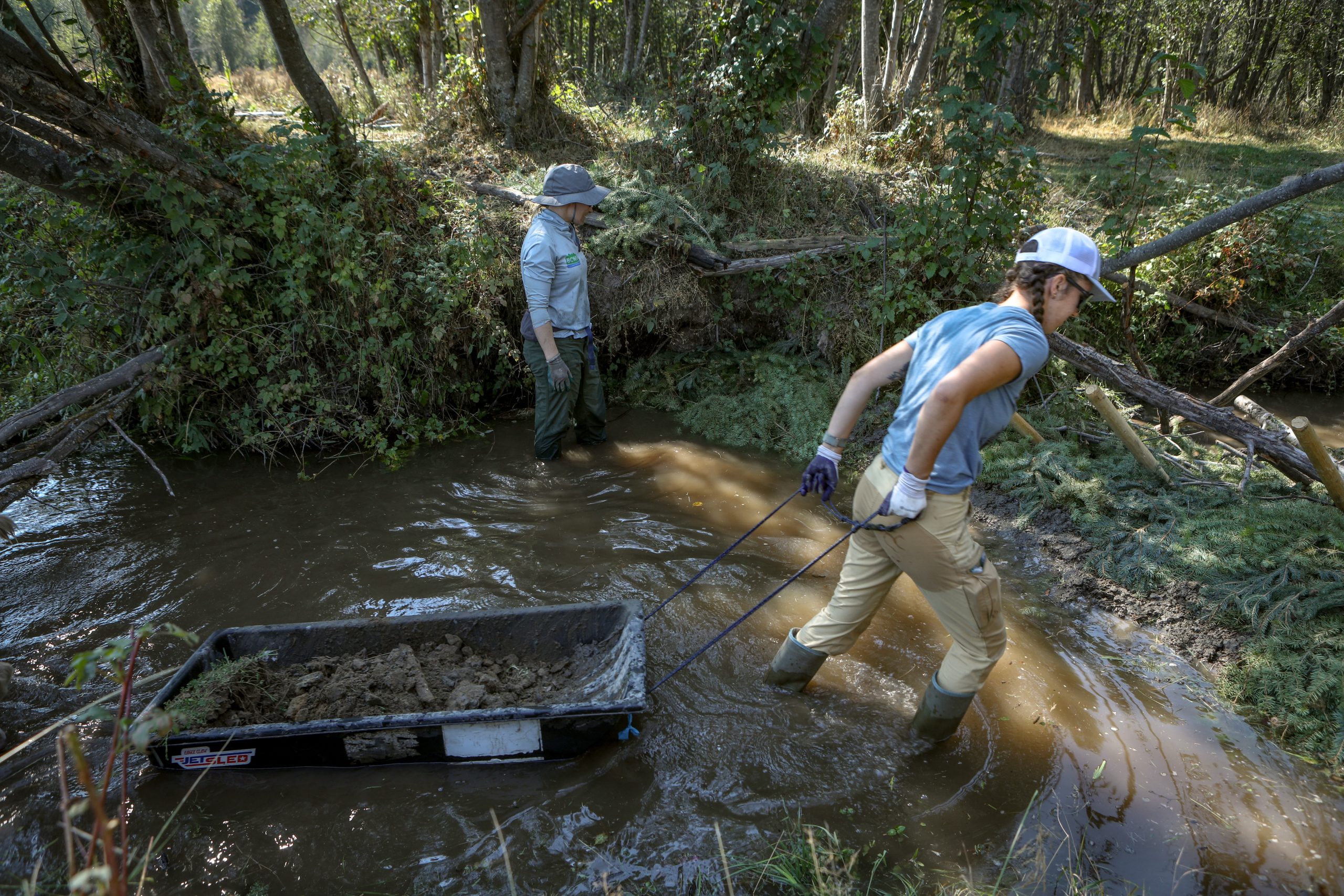Living on the DTES, we’ve seen the aftermath of the Pickton murders — victims and their families deserve better
Eva Takakanew and Julie Chapman reflect on the serial killer’s death and why the remaining police exhibits in the death are important for closure and justice


The death of serial killer Robert Pickton was emotional for many of us who live in the Downtown Eastside. One man in particular — a friend — lost his mother and her DNA was found on the Pickton farm.
When he realized it was true that the murderer had died in prison — and not just a rumor that was going around — it overtook him. He started to cry, and looked up towards the sky.
“Mom it’s finally over,” he said. His tears were contagious.
“Pickton is dead and now you can finally rest in peace.”
As he made his way down Hastings Street, he was yelling to everyone and anyone who would listen: “You know that guy who killed my mother, he’s dead!”
Pickton reportedly died after being attacked by a fellow inmate on May 19.
Whether or not the death of Pickton brings some closure to the families of his victims, it’s a very complex situation with many emotions and feelings.
There will be some who may feel relieved that the person responsible for their pain and suffering is gone.
Others will be upset and angry that he won’t face the full consequences for the crimes committed, frustrated that information he may have been keeping secret is now lost, adding to their grief and unanswered questions.
That is why it is important that the more than 14,000 remaining items that have been stored as exhibits from the Pickton farm be preserved. That evidence could contain DNA identifying more of his victims, or DNA identifying other perpetrators linked to cases of missing and murdered Indigenous women and girls.
There is also the advancement of DNA technology. There have been new techniques in DNA that could potentially bring forward new evidence from the stored exhibits. The family and friends of the loved ones who are yet to be identified or found, deserve to have the best chances of getting some kind of answers for them. Many of the family and friends won’t have any closure, leaving them with unanswered questions and a lifetime of grief and loss.
Women, especially those who are Indigenous and struggling with addiction, are more likely to go missing and are murdered. Sadly, the police often do not prioritize their cases as important.
The 2012 Wally Oppal report, Forsaken, revealed that the police dismissed the concerns of families reporting their missing loved ones, particularly those who came from Indigenous homes. These families just want to know the truth about what happened to their loved ones. They deserve the truth.
The Downtown Eastside is a chaotic battleground where addiction replaces hope. Poverty has a way of crushing your dreams — you have to either survive or the street can swallow you whole and spit you back out again. Many of us understand the pain of losing loved ones in tragic ways, or are estranged from our families.
The man whose mother’s DNA was found on the Pickton farm had been attending the February 14th Women’s Memorial March on the DTES for 18 years, never sure if she was alive.
Since it was founded in 1992, participants have gathered at Main and Hastings Street in “Vancouver” to pay respects and call for justice for all the missing and murdered Indigenous women, girls and Two Spirit people.
It’s important to recognize that this grief will never completely go away, and that everyone processes grief in a different way. Recognizing and honoring the small steps in this healing process and remembering the lives of the women who lost their lives by standing in your truth and telling their story, is worth it.
We all need to make a more conscious effort to not categorize Indigenous women who live in the DTES as “prostitutes” or “substance abusers” or “unworthy” because it only perpetuates the same stigmatization and discrimination that contributed to their victimization in the first place.
Haven’t enough women paid the highest price with their lives?
We recognize the humanity of the victims and as a community we will celebrate their lives and forever remember they lived.
Each one of them has a unique story worth telling, and their memory will live on — gone but never forgotten.
We must support those still struggling with grief and pain, help them find closure and healing.
We will honor all the victims of Robert Pickton, the women from the Highway of Tears and all across Turtle Island, regardless of whether their DNA was found on that farm, or if they left no genetic evidence behind.
They are now in the loving embrace of the Creator, waiting for the day we are reunited with them. Keep your faith that you will see them again.
Author
Latest Stories
-
‘Bring her home’: How Buffalo Woman was identified as Ashlee Shingoose
The Anishininew mother as been missing since 2022 — now, her family is one step closer to bringing her home as the Province of Manitoba vows to search for her
-
‘We have a way to save communities’: Cultural fire keepers share knowledge across colonial borders
First Nations experts attend first National Indigenous Fire Gathering in syilx homelands, joining counterparts from ‘Canada,’ ‘Australia’ and ‘U.S.’
-
‘This is the vision’: Inside Nlaka’pamux Nation’s quest to build ‘B.C.’s’ first major solar project
As the province fast-tracks development, the Southern Interior tribal council has lessons to share on how to build for the future













